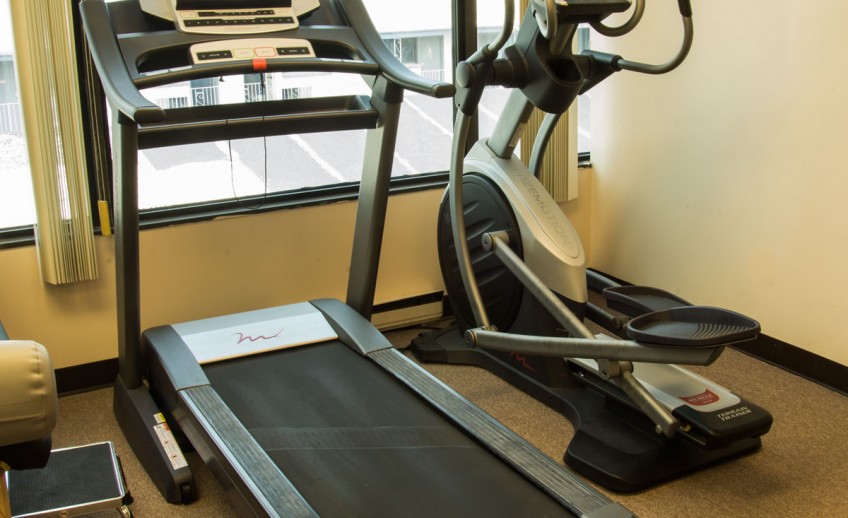Therapeutic Exercises
Therapeutic exercise is defined as “the prescription of bodily movements to correct impairment, improve musculoskeletal function, or maintain a state of well being”. The therapeutic exercise may be restricted to specific muscle groups, or a total body approach that restores a patient to peak physical condition. The primary goal of therapeutic exercise is to restore the injured patient to a pain free and fully functioning state. Therapeutic exercise is used when the injury will assess the patient and define a specific and appropriate exercise plan. The exercise plan may include stretches, stability, aquatic therapy, and muscle strengthening. The plan includes educating the patient on total body functions as well as the therapy itself.
The expected results of therapeutic exercise include increased circulation and coordination, improved balance, improved muscle strength and mobility. By the end of treatment, the goal is to restore the patient to the be possible health, even if that is a better state when they first came in.
In general, therapeutic exercise can treat any injury or condition that affects any of the muscle groups. The exercises are different than what the patient may be doing outside of the therapy session as they focus on specific areas that need improvement. For example, a patient may have a pulled hamstring, which is causing knee pain. The patient may be utilizing stretches and ice packs at home, but not be successful, as he is not isolating the areas that need correction. Physical therapists have devoted their lives to the study of the human body. Even the most finely tuned tri-athlete does not have the training that a physical therapist does. If you are having pain and limited range of motion, consult with a physical therapist to determine the therapeutic exercise program to address your individual needs.


